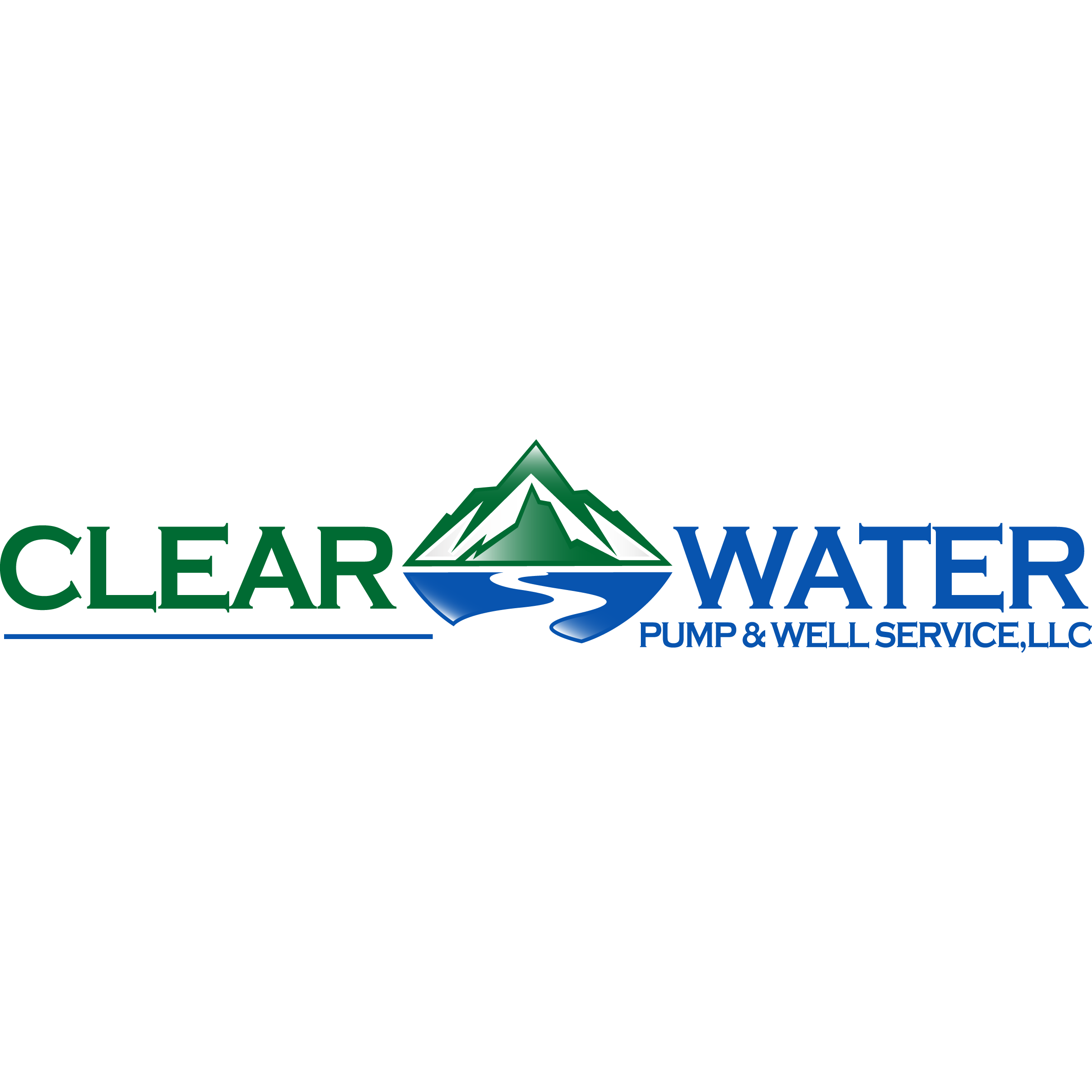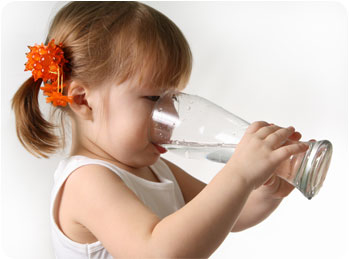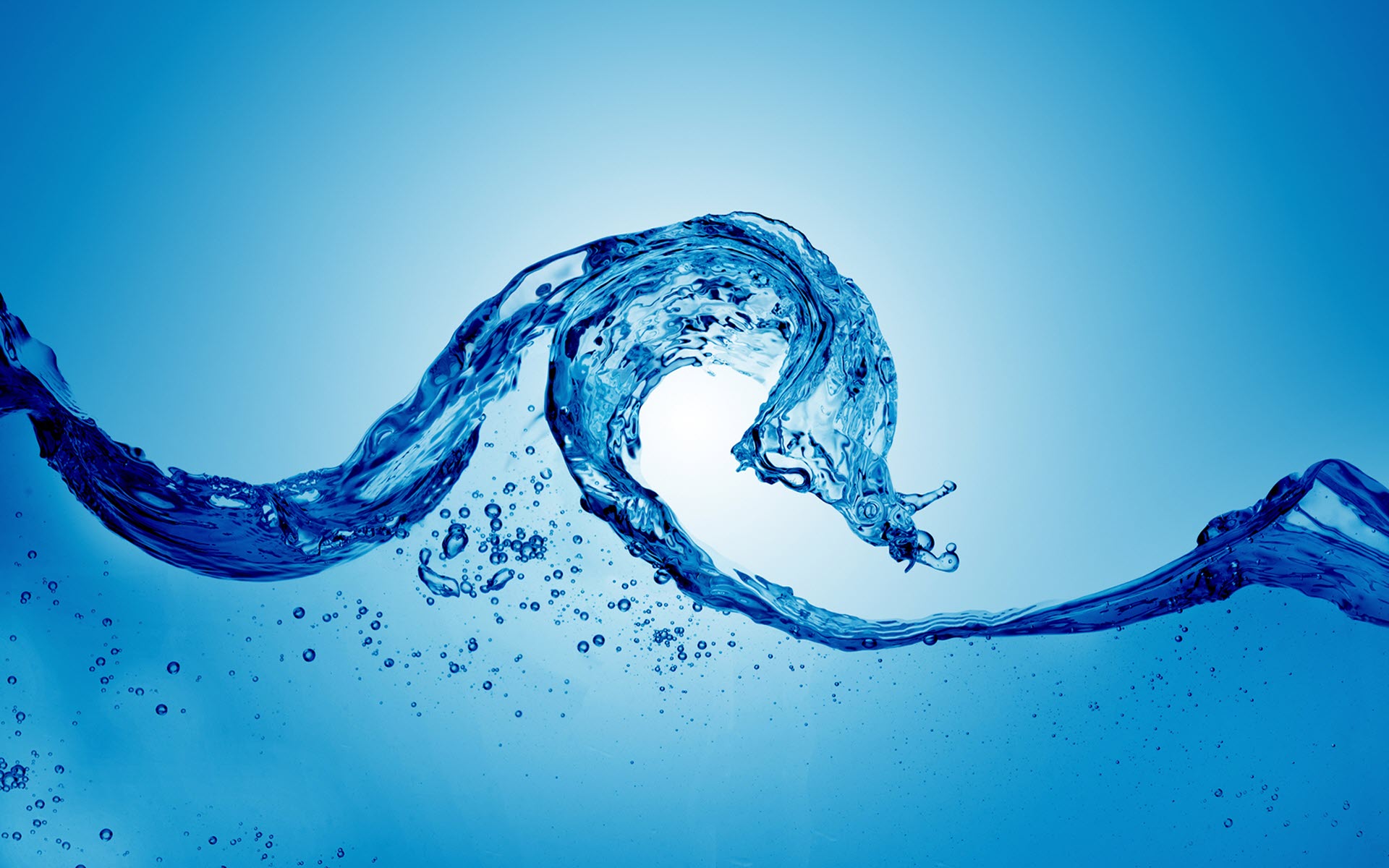MESSENGER
Clear Water Pump and Well Service updated their info in the about section.
Free Well Sanitization With Service Plan
HTTP://WWW.CWPSINC.COM
Water Well and Pump Specialists | Clear Water Pump and Well Service - 855-888-WELL
Radon in your Water
What is radon?
Radon is a naturally occurring, colorless, odorless, water-soluble gas produced by the radioactive decay of radium. Radium, which emits radon gas, is a radioactive metallic chemical element found in pitchblende and other uranium minerals. It is common in the earth’s crust.
Radon breaks down in a natural, spontaneous process or “decays” to form other elements. The rate of radon’s radioactive decay is defined by its half-life, which is the time required for one half of any amount of the element to break down. The half-life of radon is 3.8 days.
All rocks contain some trace uranium concentrations. The highest concentrations are in plutonic rocks, such as granite. Because the source of radon is the radioactive decay of uranium, higher radon amounts are commonly detected in areas underlain by granites, dark shales, light-colored volcanic rocks, sedimentary rocks containing phosphate, and metamorphic rocks. High levels of radon have been found in all 50 states.
What is the measurement of radon?
Radon levels are measured in picocuries per liter (pCi/L). Measured levels range from <10 pCi/L to >1.5 million pCi/L (an activity of one pCi/L is about equal to the decay of two atoms of radon per minute in each liter of air or water).
What radioactive contaminants can be found in water?
Certain minerals are radioactive and may emit forms of radiation known as photons and beta radiation and some may emit a form of radiation known as alpha radiation. Some people who drink water containing alpha emitters in excess of the Maximum Contaminant Level (MCL) over many years may have an increased risk of getting cancer.
Why do we test for radon?
For every 10,000 pCi/L, about 1 pCi/L is released to indoor air, depending on the conditions, and these are the levels at which health concerns typically begin. Fortunately, radon in air and in ground water, once identified, can be eliminated.
Exposure to radon has been recognized as a health risk. The two diseases of principal concern are stomach cancers from ingestion of radon and lung cancer from inhalation of radon byproducts.
Radon gas can cause lung cancer if inhaled because the products of its decay can accumulate in the lungs and damage lung tissue. As it decays, radon produces several short-lived elements that are also radioactive. Radon and these decay-products emit alpha particles that, because of their high energy, can damage lung tissue. Although most radon is exhaled before it can do much damage, the decay-products can remain trapped in the respiratory system, attached to dust, smoke, and other fine particles from the air. Eventually, the concentration of these radioactive elements in constant, close contact with lung tissue can cause cancer.
The health risk of radon inhalation is believed to be many times greater than the risk resulting from direct ingestion of radon contained in water, although it has been estimated that there is an increased lifetime stomach cancer risk of between 0.25 – 1.0 percent per 100,000 pCi/L in a water supply. There is no direct evidence of cancers of the internal organs of man being caused by the ingestion of radon in drinking water; however, there is strong evidence that high levels of airborne radon in uranium mines cause lung cancer. Therefore, estimates of any health risks from the ingestion of radon must be based on indirect evidence.
The lifetime risk of developing lung cancer from household water that contains 1,000 pCi/L of radon is roughly 3 to 13 in 10,000; from water with 10,000 pCi/L of radon, the risk is approximately 3 to 13 in 1,000; for water containing 100,000 pCi/L is about 3 to 12 in 100.
The chances of getting lung cancer from radon depend mostly on how much radon is in your home; the amount of time you spend in your home; and whether you are a smoker or have ever smoked. The U.S. Environmental Protection Agency (U.S. EPA) estimates that 1,800 lung cancer deaths a year are caused by inhaling radon emitted from the water.
Some people who drink water containing radium 226 or 228 in excess of the MCL over many years may have an increased risk of getting cancer. Radium is a known cause of bone and nasal cancers. It is especially dangerous to children who have developing bone tissue. When a person ingests radium, the body interprets the radioactive element as calcium and deposits it in bones. Because it accumulates in the body, radium is considered to pose a greater cancer risk than most other radioactive elements.
How does radon enter my house?
Although you can’t see it, taste it, smell it, or feel it, the EPA estimates that nearly every home in America has some level of radon in the air. Since air is moving in and out of the soil, radon is able to pass through fairly easily. Radon gas can enter the home in a variety of ways, including dirt floors, cracks in concrete floors and walls, floor drains, sumps, tiny cracks or pores in hollow walls, and from the ground water supply. In other words, radon is most concentrated in the lowest level of the home.
A recent survey by the EPA estimates that 10 U.S. states had 25 percent or more of the homes test at high radon levels (greater than 4 pCi/L). Those states include Maine, Pennsylvania, Ohio, Indiana, Iowa, Wisconsin, Minnesota, North Dakota, and Wyoming.
How much radon may be in my house?
Radon levels in outdoor air, indoor air, soil, air, and ground water can be very different. Outdoor air ranges from less than 0.1 pCi/L to about 30 pCi/L, but it probably averages about 0.2 pCi/L. Radon in indoor air ranges from less than 1 pCi/L to about 3,000 pCi/L, but it probably averages between 1 and 2 pCi/L. Radon in soil air (the air that occupies the pores in soil) ranges from 20 to 30 pCi/L to more than 100,000 pCi/L; most soils in the United States contain between 200 and 300 pCi/L of radon per liter of soil air. The amount of radon dissolved in ground water ranges from 100 to nearly 3 million pCi/L.
How does radon enter a water system?
While radon can enter a home through well water, the risk of radon entering homes through water is small compared with that of radon entering through the soil. It is uncommon for water in a house to have extremely high levels of radon. Radon can be released into residences when the water is used for household purposes, such as washing dishes and showering. On average, radon in water contributes about five percent of the total indoor air concentration in homes served by wells.
The U.S. EPA has not established a Maximum Contaminant Level (MCL) for radon in drinking water. The Agency proposed an MCL of 300 pCi/L, but withdrew it on July 30, 1997. Levels of radon in household water compare to indoor levels at the rate of 10,000 (pCi/L) in water to about 1 pCi/L in air. At water levels above 2,000 pCi/L the consumer should consider taking some action.
One way radium gets into the water is because of pollution from fertilizer and lime used on residential and agricultural land. When chemicals from fertilizers seep into an aquifer, they help move radium deposits into the water.
Is my private water well at risk?
Higher levels of radon are generally found in private well water supplies than in municipal water systems. The reason for this is the short half-life of radon. Radon in public water supplies usually decays to low concentrations before the water is delivered to users, especially if the water has been treated. Because a private well system delivers only to one or two households, there is a greater chance the radon will not dissipate before the water is consumed.
Since radon will decay, storage alone can allow radioactivity to diminish. However, a household using 150 gallons of water per day would require 1,800 gallons of storage to achieve 90 percent reduction and 3,700 gallons to achieve 99 percent reduction.
What requirements do public water systems have for dealing with radon?
The U.S. EPA has not established a Maximum Contaminant Level for radon in drinking water supplied by public systems. Radon likely is released to outdoor air before reaching home faucets.
Some public water systems mix their water supplies that have elevated radon or radium levels with other sources to lower the percentage in the drinking water. Such mixing does not eliminate the radon or radium, but can bring it within acceptable EPA levels. When water is supplied by a municipal system, radon is generally released while the water is being treated in the system. In addition, when water is held in a storage area, the possibility of high levels of radon is minimized because radon quickly escapes into the open atmosphere. Radon in outdoor air is diluted to insignificantly low concentrations.
For radium, the Agency has set 5 pCi/L of water as the maximum contaminant level permissible for public water systems. At 5 pCi/L, one in 10,000 adults who drink the water over their lifetime risks fatal cancer, according to government calculations. As the amount of radium increases, so does the risk factor. A 1997 General Accounting Office (GAO/RCED-97-123, June 1997) investigation on the quality of community water systems reported that fewer than one percent of the systems investigated exceeded the radium standard in any one year.
What types of treatment devices will make the water safe for consumption?
Radon problems in water can be easily fixed. The most effective treatment is to remove radon from the water before it enters the home by aeration or carbon adsorption.
Packed tower aeration seems to be the preferred treatment option for radon among public water system operators because: 1) Granular activated carbon (GAC) radon removal efficiency is affected by degraded water quality, and; 2) the GAC can become low level radioactive waste through the buildup of radionuclides.
GAC adsorption is extremely effective for the removal of radon from water supplies and it is the most common way to reduce waterborne radon. The activated carbon, which will reduce other contaminants in the water as well, dissolves radon gas from water as it enters the house. Most of this equipment is installed in the incoming water line to the house.
Typical usage of GAC beds will require occasional backwashing or replacement, both of which create the environmental problems of radionuclide discharge, as well as disposal of the spent GAC. Spent radon-contaminated GAC should be shielded for 12 days for 90 percent radon reduction to occur. GAC filters can become significant gamma radiation emitters, requiring shielding or installation outside of the occupied structure.
In addition, frequent backwashing reduces the effectiveness of the GAC’s ability to reduce radon.
A household of four people with 6,000 pCi/L of radon in their water using a GAC system could expect 95 percent removal. They could also expect the GAC system to reach the level where it becomes radioactive waste in about 15 years.
Aeration, another popular way to reduce radon, may present a more costly choice for home point-of-use treatment, but may be especially applicable for small community water systems serving multiple households.
Aeration removes radon by degassing the radon from the water and venting to the atmosphere. These units do not accumulate radioactivity, and no backwashing or bed disposal is required. Aerators have to be installed ahead of any filter or exchange bed, such as a softener, or the bed will become radioactively “hot.” Well-designed bubble aeration units for single-family use remove 95 percent of the radon present. Aerators will require occasional cleaning, primarily to deal with hydrogen sulfide, iron and/or bacteria. If a ventilating fan is operated during service, there should be no exposure to radon.
Retesting and reevaluation of radon levels are suggested to determine that radon levels in the water are being sufficiently reduced.
Also, an ion exchange device at a cost of between $400 and $600 can remove radium. If an ion exchange device is added to your system, test your water after installation to make certain it is working to remove radium.
Should I have my water tested?
Although radon concentrations in ground water are more likely to be higher in certain geographic areas, the only way to be certain of the radon concentration in the water supplied by any given well is to have the water tested. Prediction of radon concentration at an individual well is very difficult and imprecise. A high level tested in a neighbor’s water does not mean your water will also test high.
Because radon in indoor air is the larger health concern, the U.S. EPA recommends that you first test the air in your home for radon before testing for radon in your drinking water. EPA and the U.S. Surgeon General recommend testing all homes for radon in indoor air (and apartments located below the third floor). EPA recommends that you take action to reduce your home’s indoor radon levels if your radon test result is 4 pCi/L or higher. The EPA also recommends that people who receive their water from private wells check their water for radon at least once during the lifetime of the well.
Opinions vary with regard to levels of radon and when to take treatment action. EPA is proposing to require community water suppliers to provide water with radon levels no higher than 4,000 pCi/L, which contributes about 0.4 pCi/L of radon to the air in your home. This requirement assumes that the State is also taking action to reduce radon levels in indoor air by developing EPA-approved, enhanced state radon in indoor air programs (called Multimedia Mitigation Programs). This is because most of the radon you breathe comes from soil under the house, according to the EPA.
For states that choose not to develop enhanced indoor air programs, community water systems in that state will be required to reduce radon levels in drinking water to 300 pCi/L. This amount of radon in water contributes about 0.03 pCi/L of radon to the air in your home. Even if a state does not develop an enhanced indoor air program, water systems may choose to develop their own local indoor radon program and meet a radon standard for drinking water of 4,000 pCi/L.
If a large percentage of the radon in your house is from your water, the EPA recommends that you consider installing a water treatment system to remove radon. Both homes and water supplies can be treated to reduce radon.







